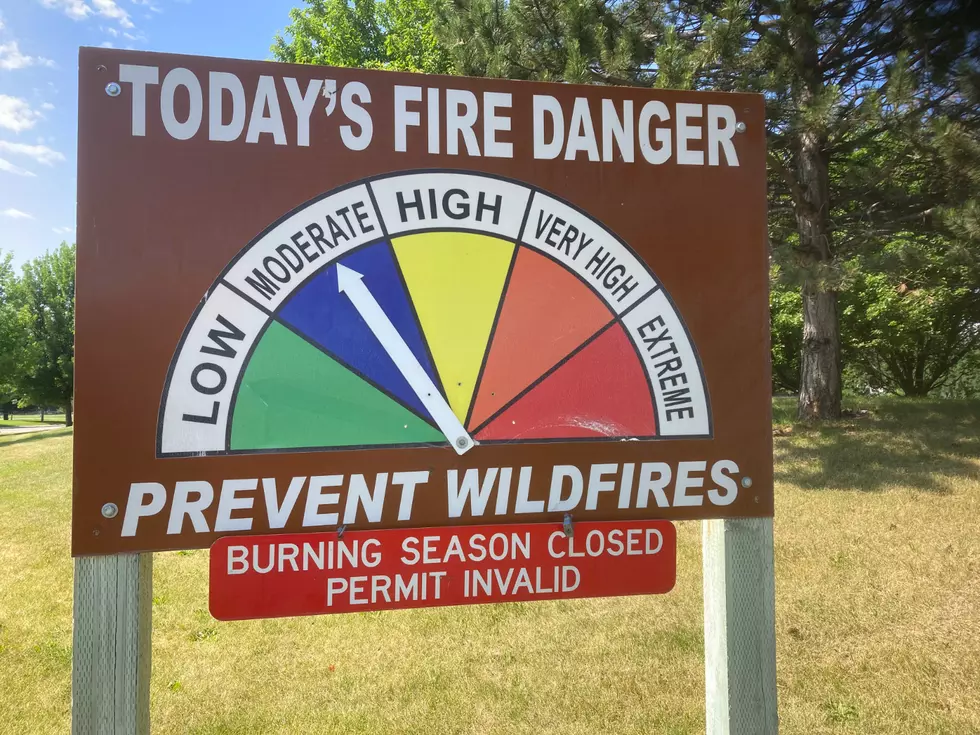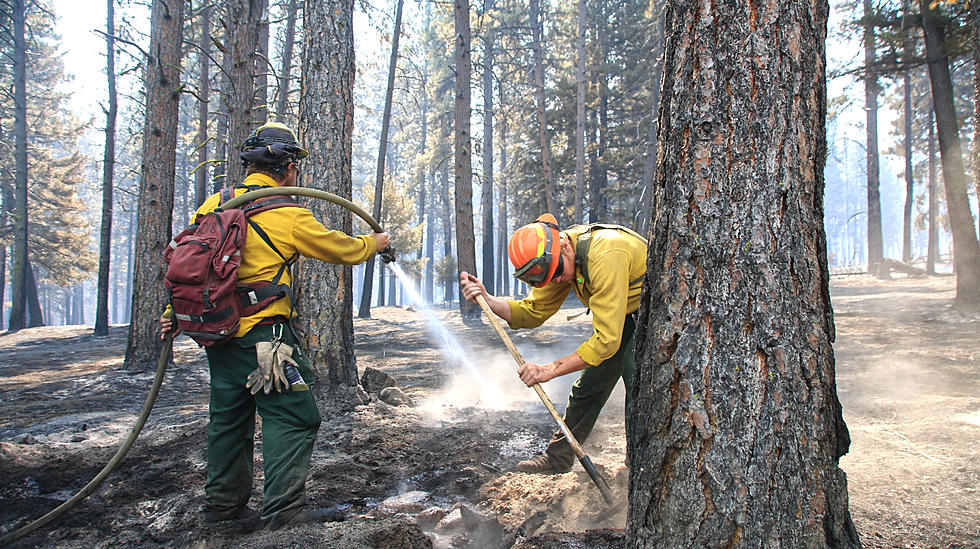
10 Years Ago This Was Montana’s Most Dangerous Fire
There's nothing more frightening in a fire season than a blaze that "blows up", consuming hundreds, or even thousands of acres in a few hours.
It's even more terrifying when one of Montana's major cities is in the direction the fire is moving.
That was exactly the case 10 years ago this summer when the Lolo Creek Fire exploded west of Missoula.

While many people still talk about the Lolo Peak Fire in 2017, by my observation the 2013 Lolo Creek Fire was much more volatile. That's because of the way the fire erupted. While the "Peak" fire burned over 53,000 acres and the Lolo Creek Fire burned just 11,000, the ferocity and speed of the earlier fire created the danger.
Two fires into one
The first sign of trouble came on the weekend of August 18th. Lighting started several small fires on the Lolo National Forest, including the West Fork Two Fire was initially only a half-acre in size. But it grew on the 19th, along with the adjoining Schoolhouse Fire north of Highway 12, with a smoke column easily seen from Missoula.
Monday, high winds barreling down the Lolo Creek Valley turned the West Fork Two into a blow torch, jumping the highway and combining with the Schoolhouse Fire. That created a massive blowup in minutes, with residents saying they had no time for evacuation warnings. Authorities said it was difficult to even outrun the fire in a car, dodging a wall of flame across the highway. By Tuesday, it had burned an estimated 5,000 acres.
A second run
Tuesday evening, fire managers were briefing residents at a community meeting in Lolo School when the fire made another run. With first responders scrambling up Highway 12, residents were forced to flee Sleeman Creek with little more than the clothes on their backs. The fire raged well into the evening, dropping ash and cinders across Lolo and the south side of Missoula. By early Wednesday morning, the fire was just 2 miles from Lolo, and only 6 miles from the south side of Missoula, having burned 8,600 acres.
Greg Poncin's Team to the Rescue
By Wednesday morning, the Lolo Creek Fire was the #1 priority fire in the U.S. as the Forest Service and other agencies threw everything available at the Complex. That included the arrival of Greg Poncin's Type 1 Northern Rockies Team, bringing extensive experience to bear. Poncin's team had faced a similar threat to Hamilton during the Sawtooth Fire in 2012 and had a good handle on how weather impacts fires along the Bitterroot Front (ironically, Poncin's team would also use what they learned in 2013 on the Lolo Peak Fire four years later).
In all, 5 homes were burned, along with some outbuildings, in a graphic display of what happens when homes don't have "defensible space". The fire actually destroyed homes when right next door a house was saved, all because of terrain and vegetation.
Looking Back at One of Montana's Most Explosive Fires
More From Newstalk KGVO 1290 AM & 98.3 FM









